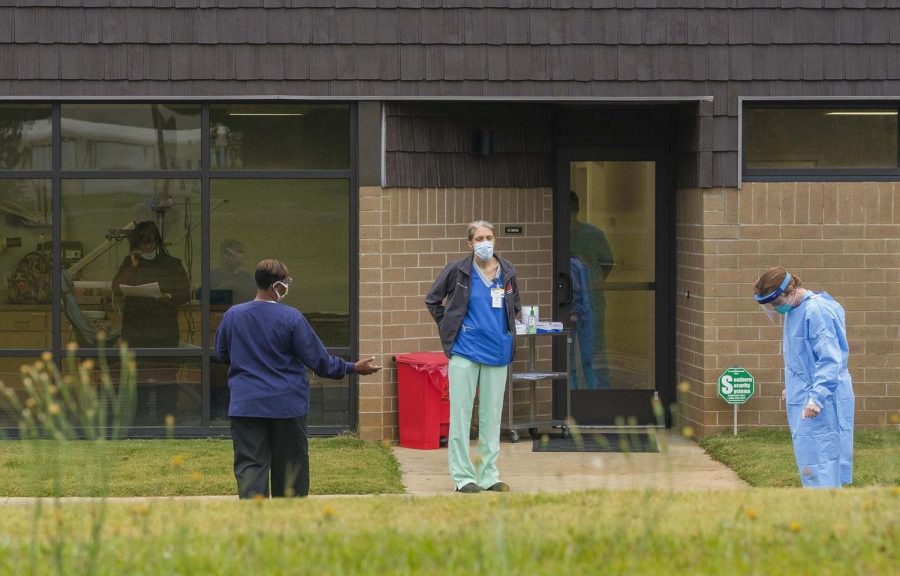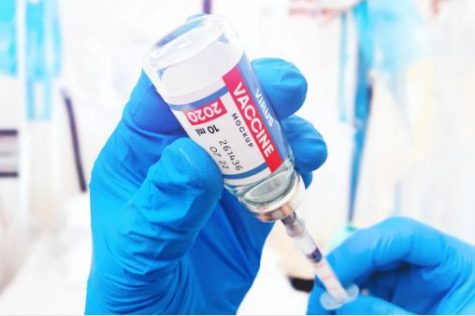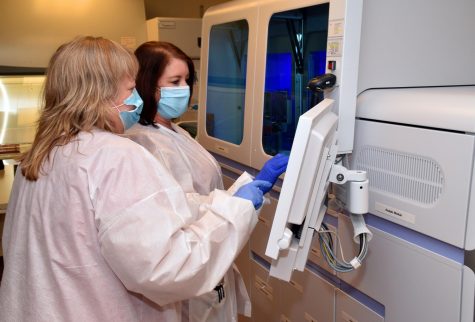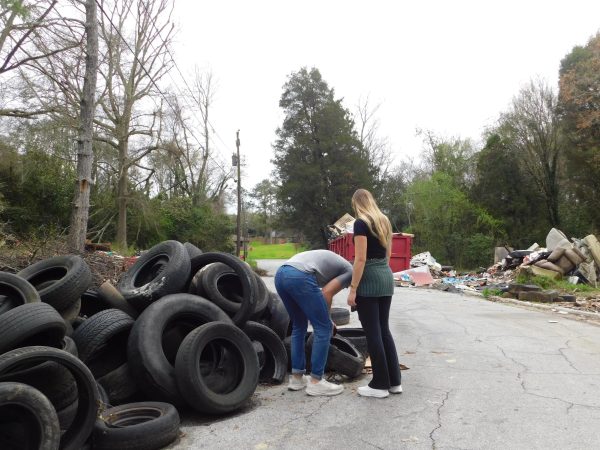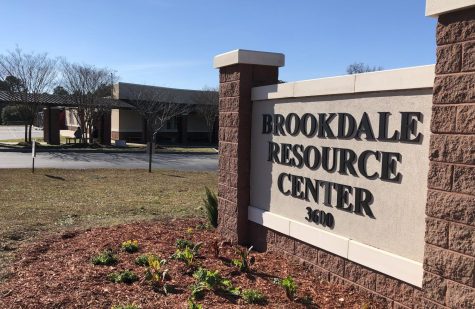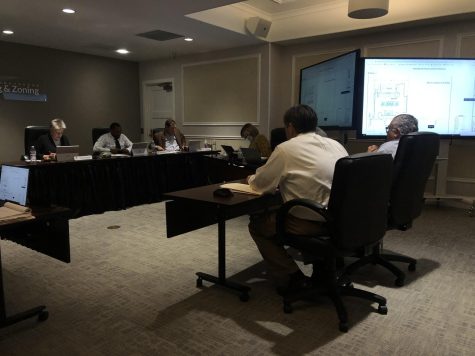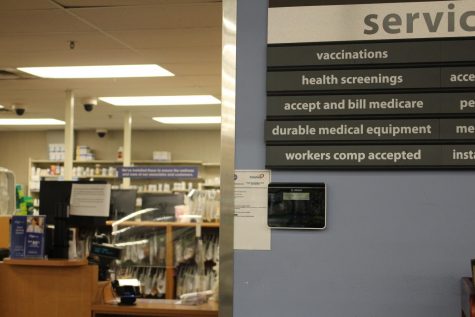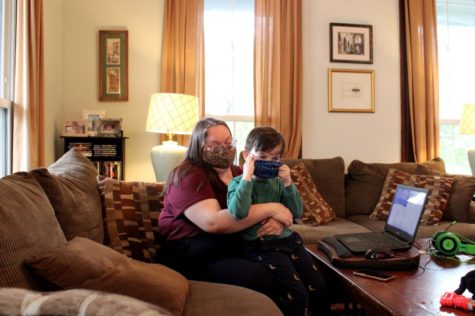Coronavirus cases on the rise in young adults
Technicians at the Hancock County Health Department wait to perform a coronavirus test in May. The virus spread in Hancock has been labeled “severe.”
Two central Georgia counties are experiencing “severe” coronavirus spread fueled through community transmission among the young, according to the weekly report from the North Central Health District.
Per capita deaths in Hancock County are the highest in the state. In Baldwin County cases have doubled over the two-week reporting period. Outbreaks in both counties began in long-term care settings, like nursing homes and prisons, before community spread among the young kicked into gear.
NCHD spokesperson Michael Hokanson said many of the places tied to rising cases are likely the result of the state reopening and people resuming their normal lives.
“When conducting case investigations, we are seeing many people attending events and gatherings during their infectious period. Things like weddings, graduation parties, engagement parties, community events, vacation spots and sporting events,” Hokanson said. “People are going out, spending time with others, then getting a positive COVID-19 test.”
The rise in cases comes as Gov. Brian Kemp has begun telling Georgians to wear masks in public to try to slow the spread of the virus. The Governor also said Monday his executive order prohibiting gatherings of more than 50 people will persist into August.
Meanwhile, most of the counties of central Georgia are experiencing low to moderate spread of the coronavirus even while the age of those infected in the last few weeks has begun skewing younger.
Those are a few of the takeaways from the weekly COVID-19 operational summary published by the North Central Health District which covers 13 counties in the region. The report covers two weeks starting June 8.
In the most densely populated counties of the region, Houston and Bibb, the report states that emergency room visits from people with COVID-19 symptoms are steadily increasing, well past the point that the illnesses could be tied exclusively to congregate settings.
In Bibb County, people between 18 and 24 years of age tied those between 35 and 49 in accounting for the greatest number of new cases over the two-week span.
“The majority of new cases in Bibb are linked to community spread,” Hokanson said. “[On June 29] alone, we had over 60 new cases in Bibb not linked to a congregate setting.”
In Houston County, those between 35-49 stood alone in accounting for new cases, As in Bibb County, the new cases are related to community spread.
However, both Bibb County and Houston County are reported as having testing positivity rates that, while not signaling the virus is corralled and under control, don’t signal rampant community spread either. The NCHD characterizes spread in both communities as minimal to moderate.
The trend line of infected people skewing younger repeated across much of the rest of the region, including in the Milledgeville metro counties of Baldwin and Hancock where infections kicked off among the eldery with outbreaks in local long-term care settings.
In Baldwin County, almost about three quarters of the new infections were in people under the age of 49. Infections doubled in the two-week report period. In Hancock County, people between the age of 25 and 34 accounted for almost half of the new cases.
In both Hancock County and Baldwin County, the NCHD characterizes the level of virus spread as severe. There the health district is supplying some health care settings with extra personal protective equipment like masks and gloves and is sharing testing supplies with congregate long-term care settings, all as supplies allow.
The increase in infections among the young comes against the backdrop of new studies, including one from Emory University, suggesting that people under the age of 60 could be the chief drivers of coronavirus super spreading events.
Hokanson stressed the importance of sticking with the same measures health officials have been emphasizing since March, like avoiding big crowds, even if for many social distancing fatigue has clearly set in.



